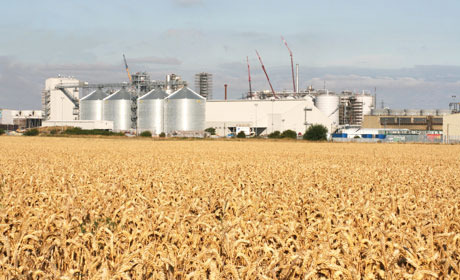Enzyme study tackles biofuel efficiency
2 Mar 2016

A team of researchers has made a ‘significant step’ in understanding the processes naturally-occurring enzymes use to degrade microbe-resistant biomass.
The researchers said that by understanding such processes, scientists could begin to develop a second generation of biofuels.
They also said a better understanding of the chemistry behind these natural processes will help scientists recreate and potentially improve them for industrial purposes.
“When we can understand structure and chemistry we can improve environmentally-friendly processes for the benefit of all,” said Gideon Davies, a member of the research team and professor in the Department of Chemistry at the University of York.
LPMOs have overturned our thinking about biomass degradation in biology; they are also essential components in the commercial production of bioethanol from cellulosic feedstocks
Lead researcher Paul Walton
The research forms part of an ongoing study of a recently discovered family of enzymes produced by fungi and bacteria, which are able to break down tough cellulose-based materials such as plant stems.
As part of the study, researchers have presented the molecular structure of the enzyme lytic polysaccharide monooxygenases (LPMOs).
"LPMOs have overturned our thinking about biomass degradation in biology; they are also essential components in the commercial production of bioethanol from cellulosic feedstocks,” said Paul Walton, who is also a member of the research team and professor in the Department of Chemistry at the University of York.
“This new structure will help chemists and biochemists improve the efficiencies of these important enzymes,” Walton added.
The research is the result of a European consortium project entitled Critical Enzymes for Sustainable Biofuels from Cellulose (CESBIC), which involves the University of York and the Universities of Copenhagen and Cambridge, CNRS Aix-Marseille Université, France, Chalmers University of Technology, Sweden, and industrial partner Novozymes A/S in Denmark.
A full account of the research has been published in the journal Nature Chemical Biology.

